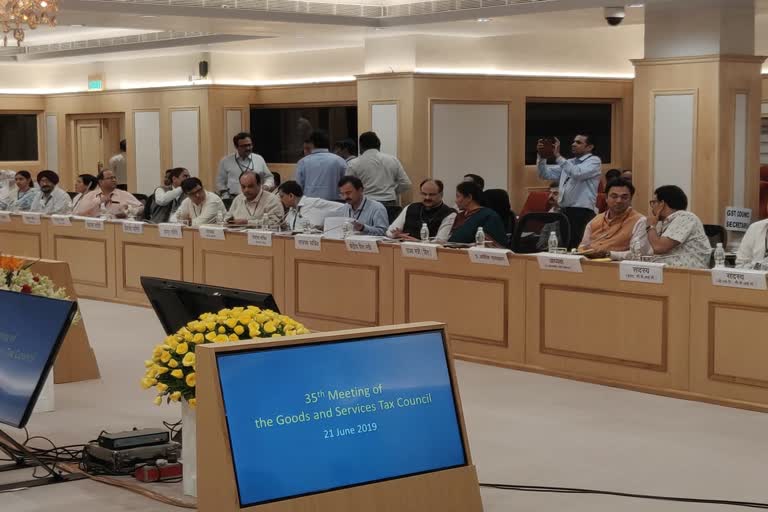New Delhi: With the Goods and Services Tax (GST) regime stabilizing after a series of rate rationalizations, the focus of the government has now clearly shifted to easing the compliance burden and containing tax evasion.
In its 35th meeting, the GST Council on Friday decided to introduce the electronic invoicing system in a phase-wise manner for business-to-business or B2B transactions. The move is set to help tax authorities contain the menace of tax evasion.
"E-invoicing is a rapidly expanding technology which would help taxpayers in backward integration and automation of tax relevant processes," the Finance Ministry said in a statement after the GST Council meeting.
The Phase-1 is proposed to be voluntary and would be rolled-out from January 2020.
Pratik Jain, Partner & Leader, Indirect Tax, PwC India said that the decision to implement e-invoicing model means that technology will continue to play a critical role in tax administration.
Also read: Sitharaman exhorts states to work in cohesion with centre on economic goals
"While this system could initially be implemented for B2B segment only, but with e-ticketing for multi-screen cinema halls, a similar mechanism is also proposed for B2C segment. If this experiment turns out to be successful, one could see this mechanism getting extended to other B2C segments as well," he said.
Another anti-evasion measure taken by the Council is requiring registered multiplexes to issue tax invoice. Accordingly, the electronic ticket issued by them would be deemed a tax invoice.
In order to ease the compliance burden, the GST Council took a slew of measures including a decision to allow Aadhaar number for GST registration. Further, it extended due date for annual return for financial year 2017-2018 by two months to August 31, 2019.
The Council, meeting for the first time after Modi government came back to power for its second term, also introduced a single return for all businesses to be rolled from January 1, 2020. "This would indeed ease compliance," industry body FICCI said.
In order to give ample opportunity to taxpayers as well as the system to adapt, the new return system for trade and businesses would be introduced in phased manner.
Accordingly, Form GST ANX-1 would be made compulsory from October 2019 onwards. While large taxpayers (having aggregate turnover of more than Rs 5 crore in previous year) would file Form GST ANX-1 on monthly basis, small taxpayers would file their first Form GST ANX-1 for the October-December quarter of this year in January 2020.
"For October and November 2019, large taxpayers would continue to file Form GSTR-3B on monthly basis and will file first FormGST RET-01 for December 2019 in January 2020. It may be noted that invoices etc. can be uploaded in Form GST ANX-1 on a continuous basis both by large and small taxpayers from October 2019 onwards," the Finance Ministry said.



